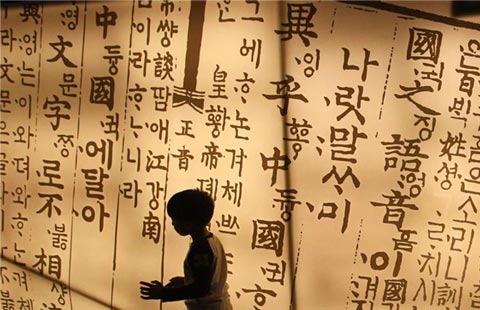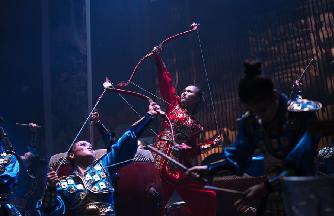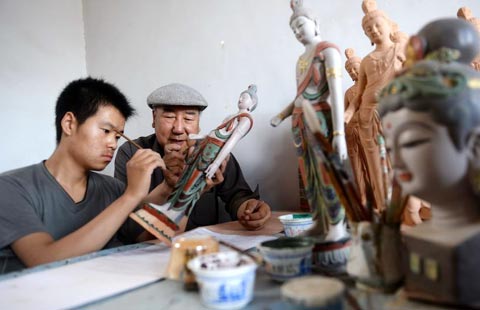Tale of the Koreas
By Tracie Barrett ( China Daily ) Updated: 2014-07-04 10:05:45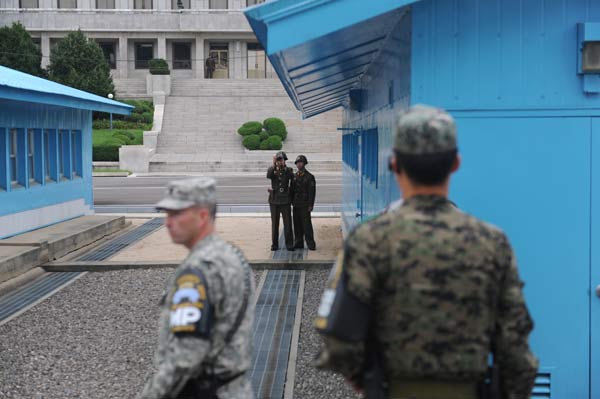 |
|
Soldiers from the Democratic People's Republic of Korea photograph US and Republic of Korea counterparts at the Joint Security Area. The concrete line marks the border between the two Koreas. Keith Anderson / For China Daily |
| Special: China and South Korea cultural bonds |
| A bite of South Korea |
Visitors are eager to have their photographs taken standing on DPRK soil, usually posing beside an ROK soldier sporting aviator sunglasses, a stern countenance and what the soldiers refer to as the "ROK ready" stance. Occasionally, one can also see a DPRK soldier at close quarters, as military personnel exit the building of Panmunggak on the northern side and march down.
Infiltration Tunnel 3, one of four discovered under the DMZ, can be accessed by either a tram or on foot. Many reviewers on websites such as Tripadvisor.com recommend skipping the tunnel, perhaps keeping the claustrophobe in mind. But the sense of being enclosed by rock under such a sensitive piece of land imparts a sobering sense of history.
Ride the rails
As of May 4, Korail, the Korea Railroad Corp, restarted a train service between Seoul and Dorasan, within the DMZ and adjacent to the Mount Dora Observatory and Infiltration Tunnel 3.
The three-car train provides return trips twice a day, with the exception of Mondays and Korean national holidays, with a trip taking one hour and 20 minutes one way.
Son Hyuk-ki, deputy chief of publicity for Korail, says the service averages about 400 passengers a day, with Saturdays and Sundays almost fully booked. In its first 25 days of operation, about 11,000 passengers rode the train.
Once at Dorasan station, passengers can visit the Dorasan Peace Park, the Mount Dora Observatory or purchase tickets to the underground tunnel. As with elsewhere in the DMZ, Dorasan station is under the control of the military so tourists must carry official identification with them at all times.
|
|
|
|
|
|
|
|



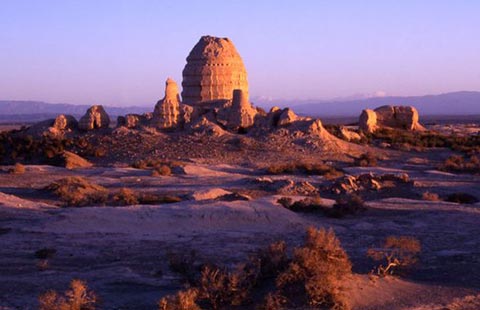

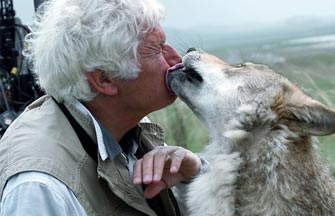

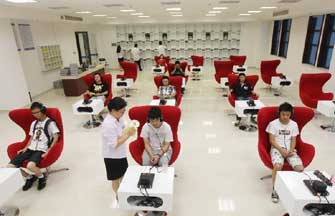

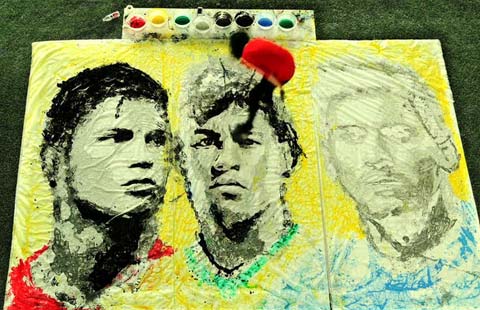







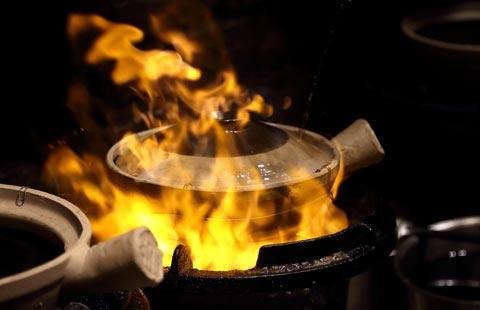


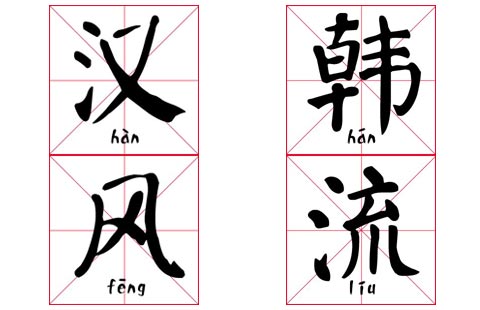



 Raymond Zhou:
Raymond Zhou: Pauline D Loh:
Pauline D Loh: Hot Pot
Hot Pot Eco China
Eco China China Dream
China Dream China Face
China Face

